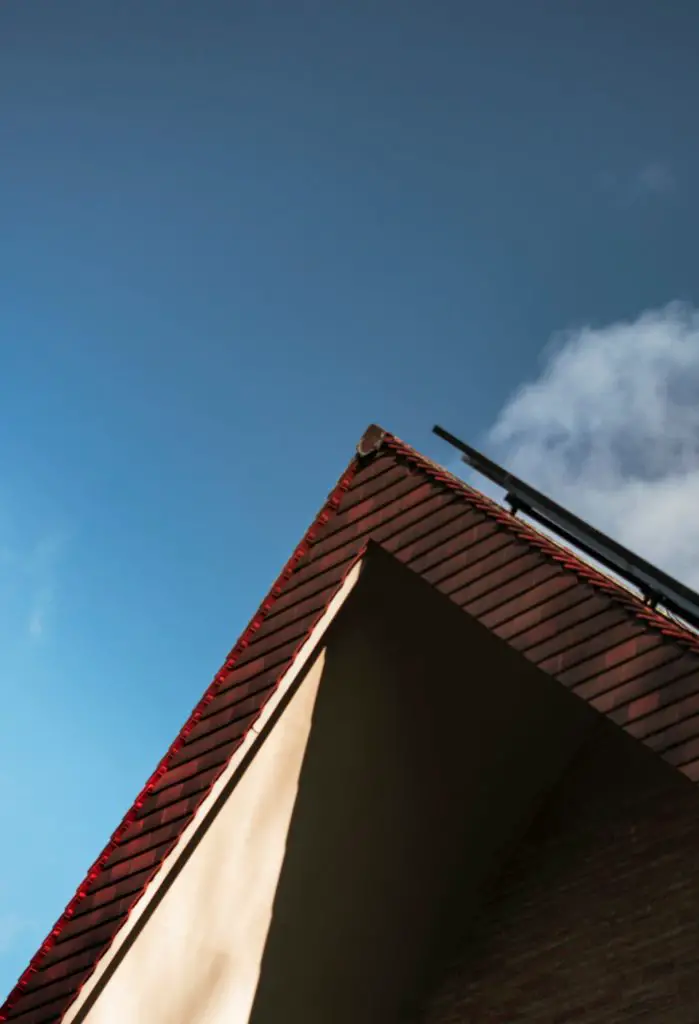Before you spend money on a roofing professional, consider if you can diagnose and fix your
roof issue on your own. The greatest and most cost-effective approach to ensure a trouble-
free roof is to examine it regularly so that you can see any problems early on.

Water may have dripped into your spare room by the time you realise it. This indicates that
the whole roof structure has been drenched, and the ceiling will need to be rebuilt.
A leak from a single loosened tile is inconvenient, but it will go undiscovered if you do not
regularly examine your roof.
Common Roof Problems
After a windstorm, inspect your roof since most roofing is not intended to resist high winds.
Look for cracks, splits, and torn-off edges in the tiles and lifting. Roof leaks are often caused
by lifting, which is a simple fix. Multiple tiles lifting might indicate that the roofing material is
too old and is warping due to the weather.
Climb into your attic or loft and double-check that any insulation in your roof isn’t right up
against the roof itself. There must be a space for air to flow; when a roof warms up, and
there is insulation right behind it, the heat is reflected into the roofing, causing damage and
warping.
Roof Flashing

The flashing is another flaw in all roofs. Flashing provides a watertight seal between the roof
materials and the structure, which is particularly important if the roof extends out or changes
shape (as with extension roofs). It’s important getting the flashing inspected if you’re
constructing a new roof.
If you are not comfortable with inspecting your roof, you can get a professional to do the
work. Pros like A. Brooks Construction Kanga Roof will hop to getting your new roof installed
if there are any major damages.
Runoff
Roofs must have enough runoff, particularly in places where snow may fall. The mere fact
that the gutters, which lead to the roof’s down pipes, are clogged with leaves and twigs may
be an issue.
Water caught in the gutter will back up a few inches on the roof, giving it time to soak into the
margins of the roofing tiles. Although this is an excellent feature to ask for on a new roof, not
all houses have appropriate perimeter protection on their roofs.
If you can locate the problem area, an emergency repair may be built using roofing felt and
plastic cement to keep it in place until hiring a professional. If it’s simply a broken shingle,
you may try to fix it yourself.
When Should You Get Your Roof Inspected?

A roof check should be done twice a year. A roof check in the spring or early summer is a
good idea to ensure it hasn’t been damaged by winter storms, snow, ice, or hail. Consider
storm-proofing your roof and learn how to prepare your home for the harsh cold before
winter arrives.
In the autumn, inspect the roof for damage caused by summer thunderstorms, fallen tree
branches, and other risks.
Thanks to abrooksconstruction.com for consulting on this post.
























